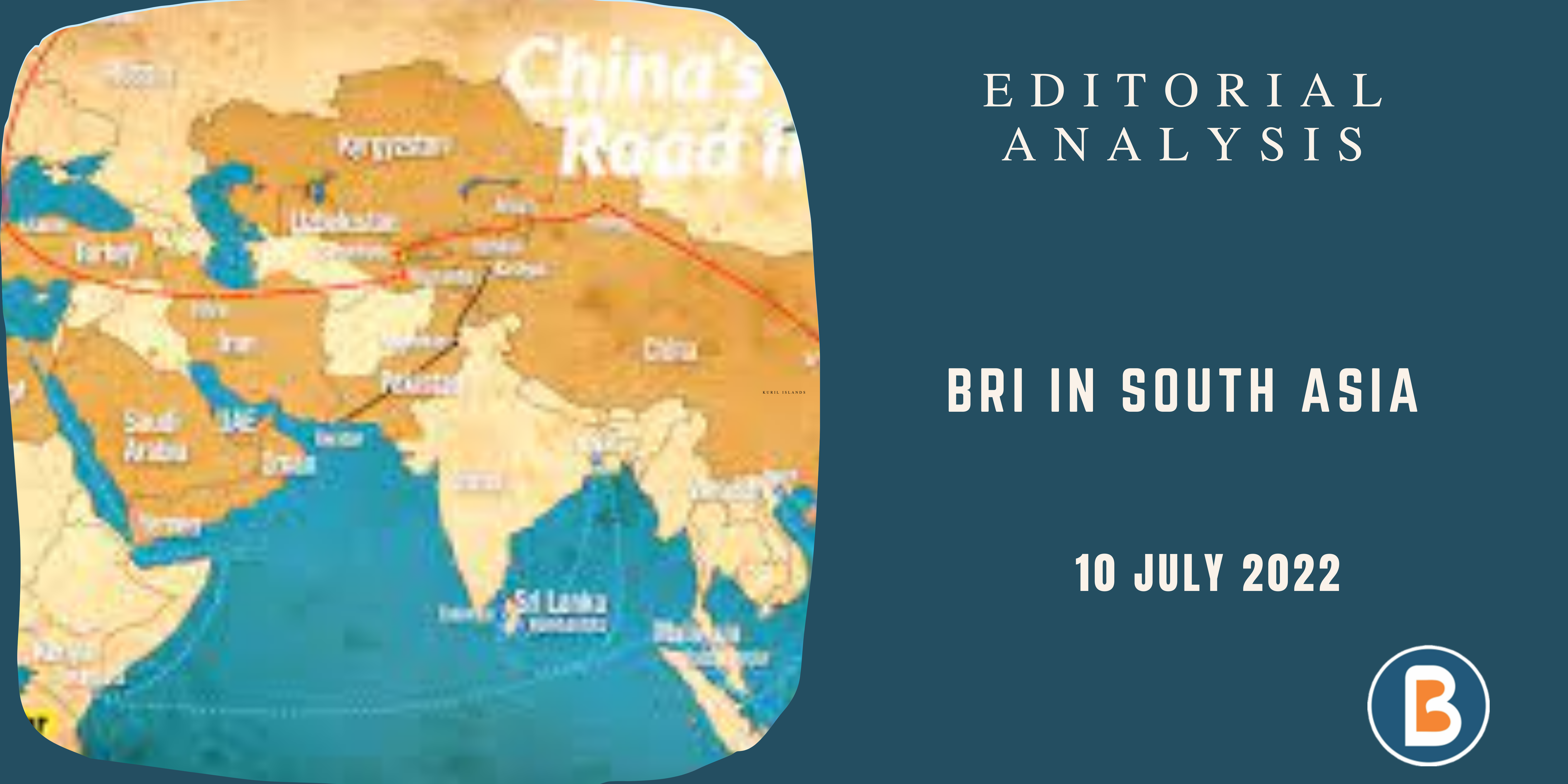Beyond Subsidies: Pivoting India’s Clean Cooking Journey for a Greener Future
Context:
The Government’s initiatives like Grameen Vitrak Yojana and the Pradhan Mantri Ujjwala Yojana (PMUY), have played pivotal roles in expanding the LPG distributor base and providing millions of new households with LPG connections. This administrative and operational feat has resulted in an astounding 71% of Indian households using LPG as their primary cooking fuel in 2020, marking a remarkable shift from a mere 33% in 2011.
Relevance:
GS – 03 (Food Security)
GS – 02 (Government Policies & Intervention)
Mains Question:
- Discuss the challenges and opportunities related to the adoption of Liquefied Petroleum Gas (LPG) in Indian households. Analyze the recent trends in LPG consumption and propose viable alternatives to boost adoption beyond subsidization. (150 words)
Dimensions of the article:
- The LPG Story
- Reducing Reliance on Imported LPG
- Diversity in Clean Cooking
- Nudging the Transition
- Financing the Transition: From Subsidies to Clean Air Benefits
The LPG Story:
- The exponential growth in LPG usage, with 71% of Indian households adopting it as their primary cooking fuel, reflected a strong inclination towards clean cooking solutions.
- Unforeseen global events, such as the COVID-19 pandemic and geopolitical conflicts like the Russian invasion of Ukraine, have impacted India’s near-term prospects of achieving universal LPG usage.
- The withdrawal of LPG consumption subsidies for all consumers during the pandemic and later the implementation of the Pradhan Mantri Garib Kalyan Yojana, providing three free cylinders to PMUY consumers, created significant shifts in refill rates.
- Despite these efforts, challenges persist, including home delivery and distribution channel issues, requiring greater budgetary allocation for subsidies to entice low-income households into LPG adoption.
Reducing Reliance on Imported LPG:
- India’s dependence on imported LPG has surged to over 64% in FY23, emphasizing the need to reduce reliance on foreign supplies. Moreover, the volatility in international prices since the Russian war against Ukraine has added uncertainty to the already complex situation.
- The country’s budget heavily relies on petroleum taxation, making it financially impractical to revert to past subsidy levels for LPG consumption. Consequently, diversifying clean cooking technologies beyond LPG becomes a pressing necessity.
Diversity in Clean Cooking:
- To overcome the impasse, India’s clean cooking policy should pivot towards embracing a suite of clean-cooking technologies, shifting away from an exclusive reliance on LPG. Electric cooking, particularly through induction cook-tops, emerges as a viable alternative that can offset the need for traditional flame-based cooking.
- The accessibility of electricity connections in rural households opens avenues for specific cooking needs to be met through electricity, with CEEW studies revealing that even at higher tariffs, e-cooking can be more cost-effective than LPG.
- However, concerns about the rural power distribution grid’s capacity must be addressed to support widespread adoption of electric cooking.
Nudging the Transition:
- Drawing inspiration from the approximately 10% of urban households that already use electric appliances for cooking, a strategy to encourage a larger transition in rural areas could be implemented.
- Gradually increasing LPG prices beyond a certain threshold for higher-use groups might drive the demand for new e-cooking technologies, creating a positive bandwagon effect.
- This, in turn, can foster domestic manufacturing of e-cooking technologies, reducing dependence on imported LPG and crude oil and preserving foreign exchange reserves. Policymakers should provide targeted support to manufacturers to enhance efficiency and design tailored solutions for Indian households’ needs.
Financing the Transition: From Subsidies to Clean Air Benefits
- Shifting the focus from LPG subsidies alone, the debate must center around financing and business models that recognize the broader benefits of India’s clean cooking transition.
- By embracing diverse clean-cooking solutions, including e-cooking, India can reduce climate pollutants’ release and contribute to clean air.
- Through the newly launched carbon market, the country can monetize the avoided emissions and channel the financial gains to support poorer rural communities’ adoption of e-cooking.
- This approach not only complements India’s climate goals but also values the transition for its sustainable and healthier outcomes.
Way Forward
- To ensure sustained progress in clean cooking adoption, India needs to embrace a multi-pronged strategy. Policymakers should promote and incentivize the adoption of electric cooking technologies, complementing LPG usage. Moreover, initiatives should be designed to encourage rural households to shift specific cooking needs to electricity, capitalizing on the extensive electricity access.
- By gradually transitioning higher-use groups from LPG to electric cooking, India can create a robust market for domestic manufacturing of e-cooking technologies. The revenue generated from avoided emissions in the carbon market can be directed towards supporting underprivileged rural communities in adopting these cleaner alternatives.
Conclusion
India’s journey towards expanding LPG adoption has been nothing short of remarkable, but recent challenges necessitate a fresh approach. The country must move beyond relying solely on subsidization and instead focus on diversifying clean-cooking technologies. The adoption of electric cooking, in conjunction with LPG usage, can lead to more sustainable and cost-effective solutions while also reducing the reliance on imported LPG and mitigating climate pollutants. By shifting the narrative from LPG subsidies to recognizing the broader clean air benefits, India can secure a greener and healthier future for its citizens.




